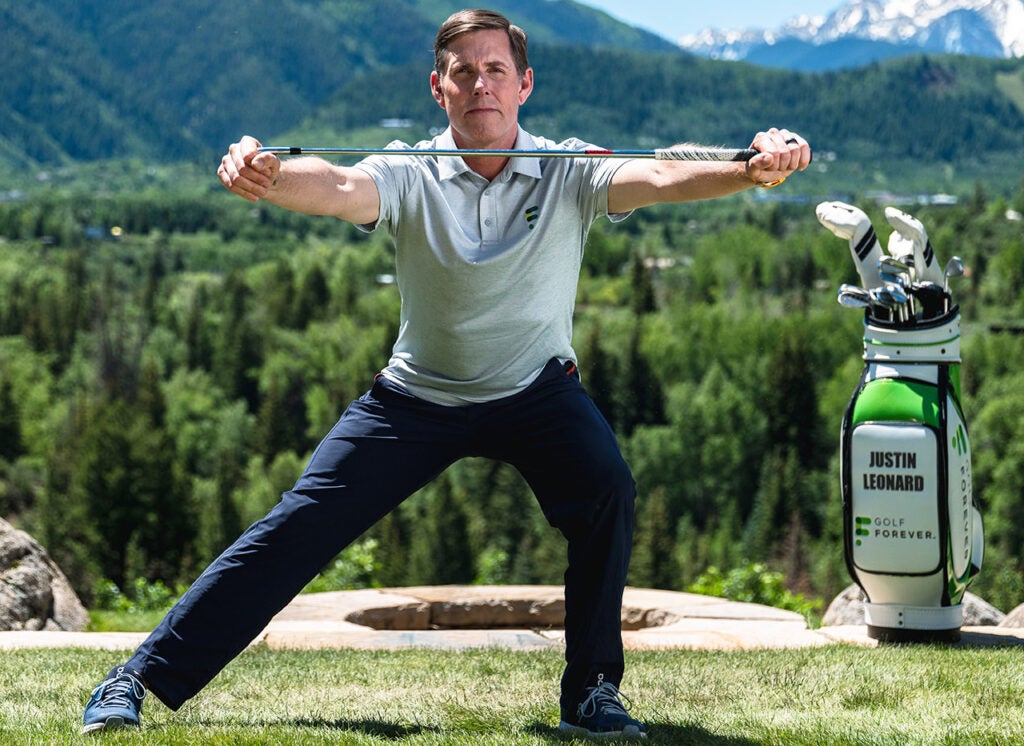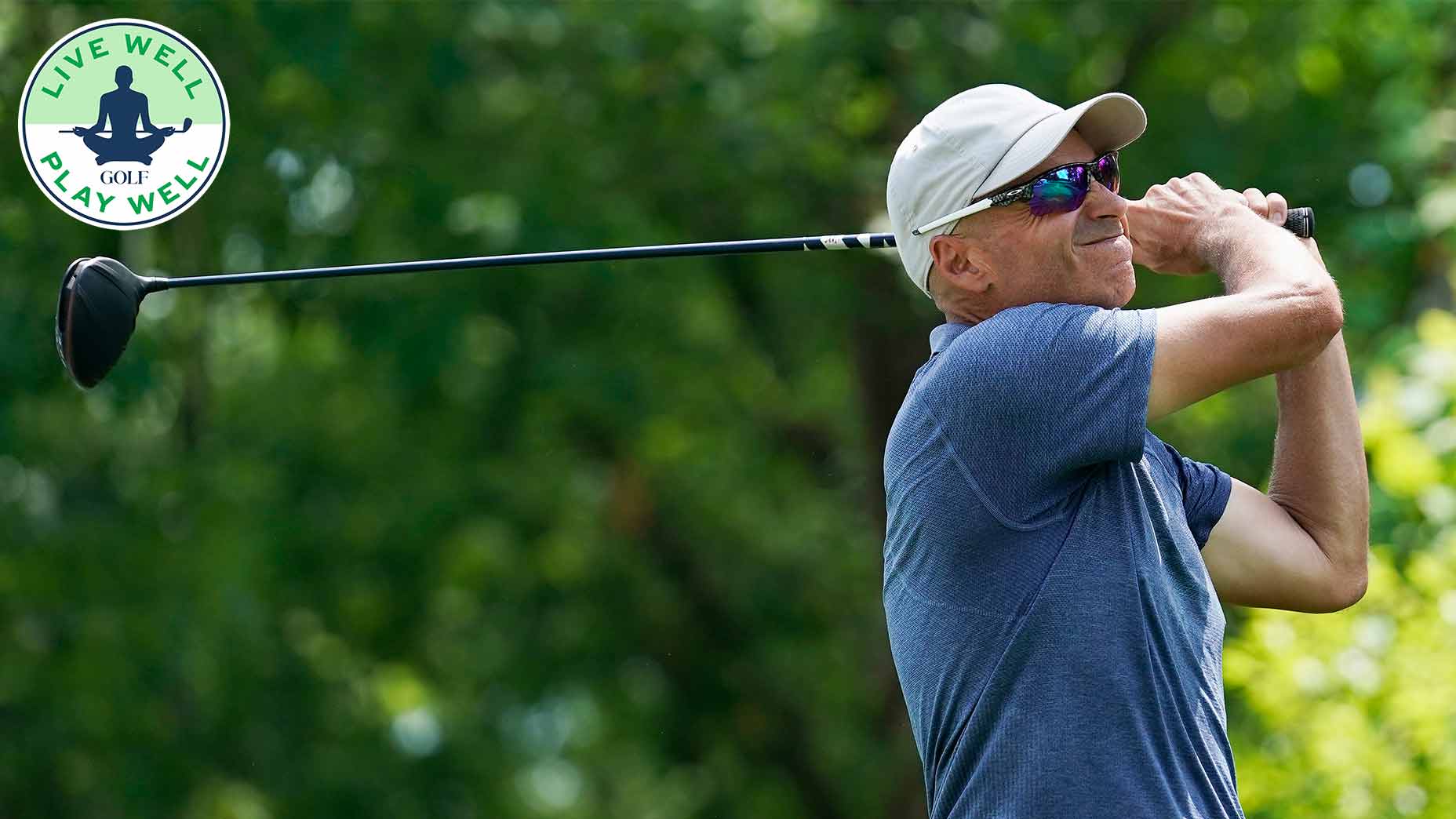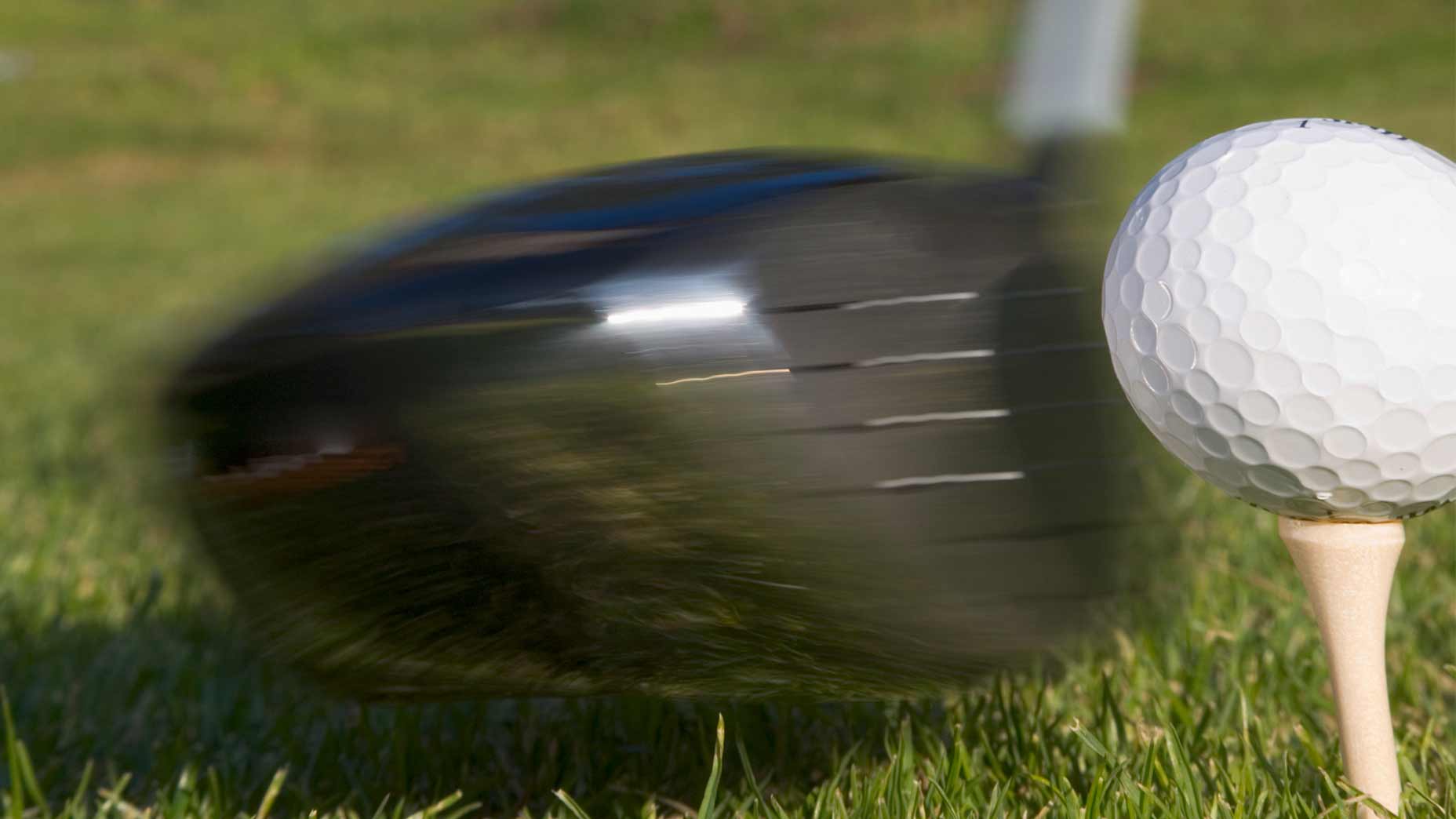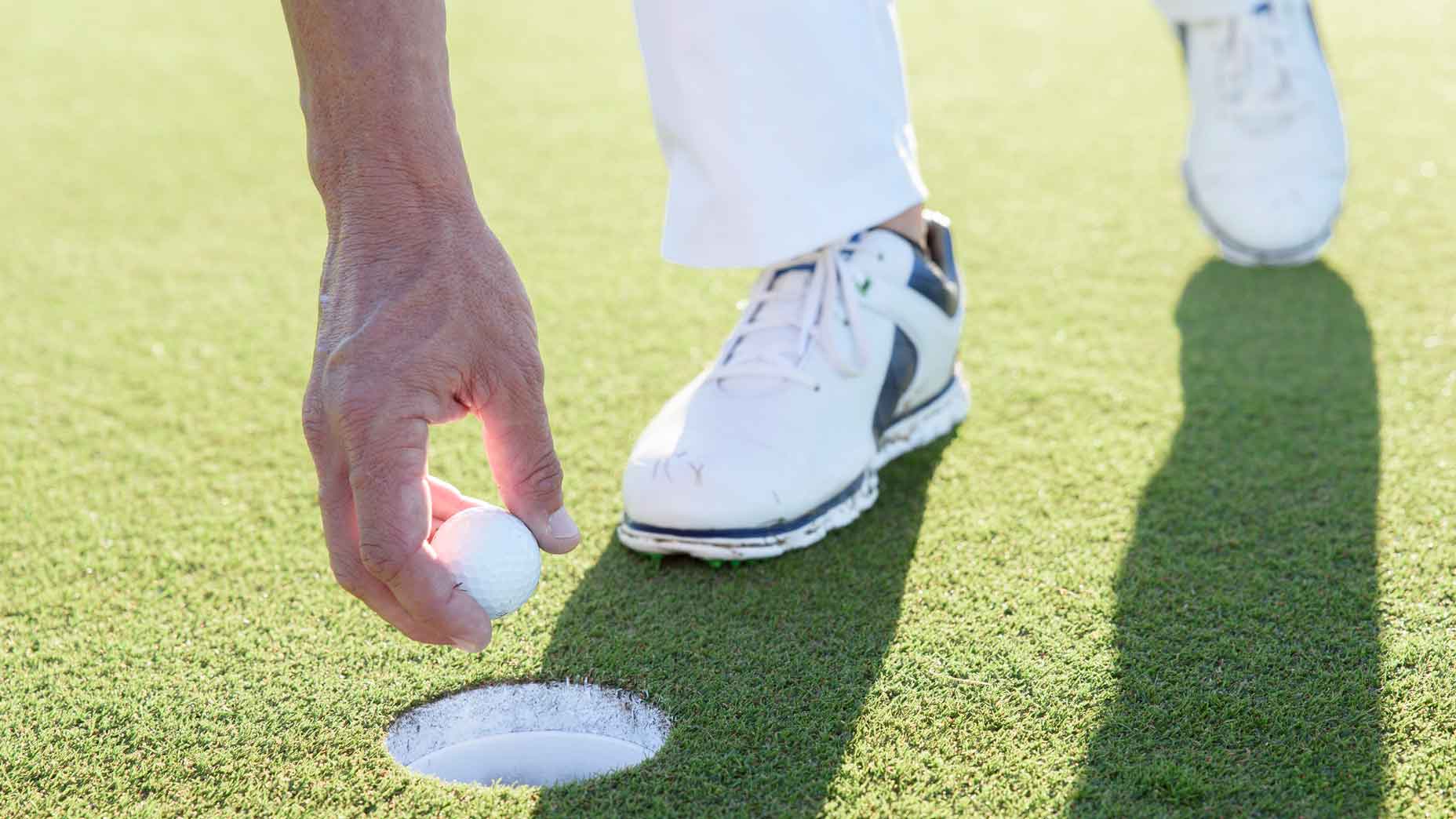What I’ve learned (so far) trying to play golf again after a bad shoulder injury

This article was published in partnership with GolfForever.
At 54, I have entered life’s middle passage, but I can still remember the good old days, when I actually had to do something to get hurt. In more recent years, it’s been a different story; I’ve barely had to move for the injuries to mount. My medical record over that period is a sorry document of physical decline.
I have thrown out my back while tying my shoes, strained my neck while looking in my car’s rear-view mirror and tweaked both knees while climbing steps.
Last July, I reached a new ‘athletic’ low when I tried to throw a cherry pit at my son (if you have a teenager, you’ll understand the impulse) and felt a shooting pain in my upper arm, as if someone had stabbed me with a knife and twisted. With a little ice and rest, I thought I was okay. But the pain returned when I tried to swing a club. Weeks passed, and the discomfort worsened. The mobility in my right arm dwindled to next to nothing.
One MRI and a visit to an orthopedist later, and I was given a diagnosis. I had frozen shoulder, an apt name for a condition that is also known as adhesive capsulitis. It involves a thickening and contraction of the shoulder joint capsule to the point where nearly any movement of the shoulder and upper arm causes agony. To call it unpleasant is an understatement. I wouldn’t wish it on Attila the Hun.
In the nine months since, I’ve gone through a gamut of treatments: traditional physical therapy; deep-tissue massage; acupuncture, you name it. But while I’ve made some progress, I’m nowhere close to recovered, and I still can’t take a full swing with a club.
Rehabbing has been what they call ‘a process,’ often frustrating and frequently painful but also educational. Just last week, my colleague Luke Kerr-Dineen, Golf Magazine’s director of game improvement, introduced me to something I’d not yet tried. It’s called GolfForever, a customizable digital golf fitness program. The site’s robust video archive includes an array of instructional classes, led by experts in the field, that help you build your strength, flexibility, power, consistency—everything you need to get your body golf-ready and keep you injury-free over the long haul.
In the short term, I’m just hoping it will help me get back on the course. Though I’ve just gotten started on my road to recovery, the program has already renewed my hope by tuning me in to invaluable fitness fundamentals. Here are three lessons I’ve picked up so far.
12-month GolfForever subscription
1. Personalization Matters
The greatest strength of the internet is also its more glaring weakness: you can find anything. Type ‘golf fitness’ into Google, and the search engine will generate an avalanche of generic options. Problem is, everyone is different. Better to find a program that can be customized around your age, abilities and limitations.
2. Form Is Everything
In a desperate effort to get my shoulder back in working order, I’ve tried all kinds of at-home exercises, including resistance work with bands and dumbbells. Not much luck. In some cases, in fact, the exercises seem to have set me back. I suspect it has something to do with my mechanics. Proper form is paramount, after all. Do all the exercises you like. They won’t do you much good— they might even do you harm—if you’re not doing them right.
3. Keep it Pragmatic
A lot of fitness programs can be time-consuming and intimidating. I’m all for dedication, but I’ve also got limits. At this point, I’ve realized the importance of finding a realistic program, one that fits not only my physical abilities but also suits the rhythms of my life.









